The Rocks
Feel the untamed force of the Atlantic crashing against Punta de Xaviña, a place where nature sculpted a sanctuary of rock and mystery. Long before the Christian faith arrived on these shores, this magical corner, today home to the venerated Sanctuary of A Barca, was already vibrating with an ancestral energy. Its unique rocks, silent witnesses of forgotten rituals, were beacons of hope and fertility for the ancient cultures of the north of the peninsula.
The arrival of Christianization transformed these rocks into faithful evidence of the apparition of the Virgin Mary to St. James the Apostle. Thus, Muxía became that place where the legend of the ocean is intertwined with a centuries-old devotion. The ancestral energy of its rocks, the evocative force of its history and deep spirituality are combined in the “Virgen de la Barca” Festival, where there is a unique encounter with the faith, tradition and majesty of the Costa da Morte.
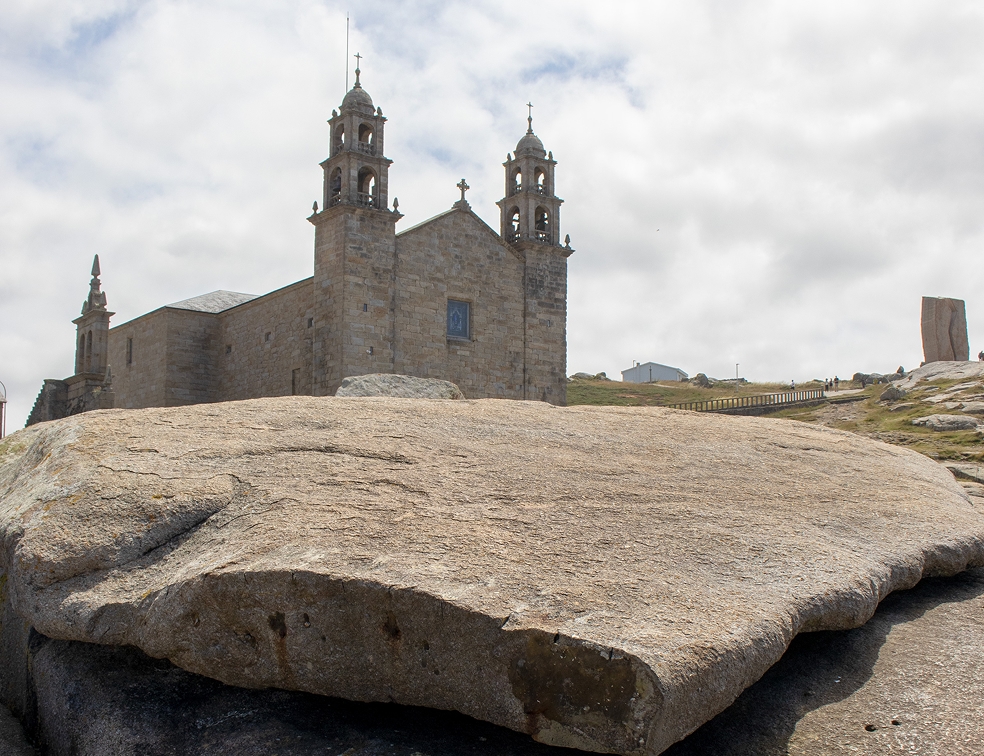
Abalar
In pre-Christian times, they were said to possess divinatory powers, a legacy that Celtic tradition may have sealed in altars to the gods of nature and in the promise of new life emanating from the mythical Abalar Rock – “Two go to the rock and three come back” – an echo of its connection with fertility. These magical properties were derived from others directly linked to the Christian tradition, this being one of the most iconic rocks in the surroundings of the church. Currently, a piece of the Abalar Rock is in the atrium of the Sanctuary, since it broke as a result of a storm
Kidneys and Rudder
With the passage of time, the legend was transformed, embracing the Christian narrative with the emotional appearance of the Virgin Mary to the Apostle James to encourage him in his evangelizing work. Those sacred rocks, once venerated in pagan rites, became the miraculous vestiges of the celestial boat in which the Virgin arrived: the imposing Abalar Rock, as the protective helmet; the two Cadrís (kidneys), evoking the unfurled sail; and the rock of the Rudder, guiding hope. Pilgrims from distant lands, as early as the 15th century, left a record of this fascinating story, uniting the force of nature with the divine legend.
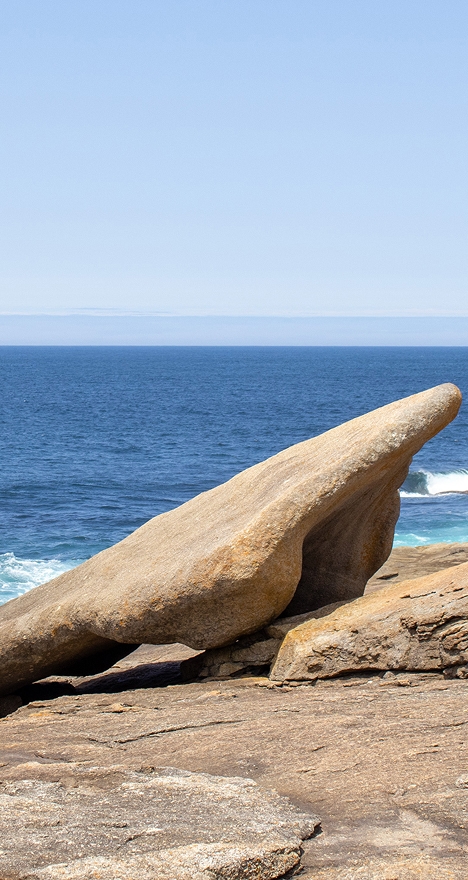
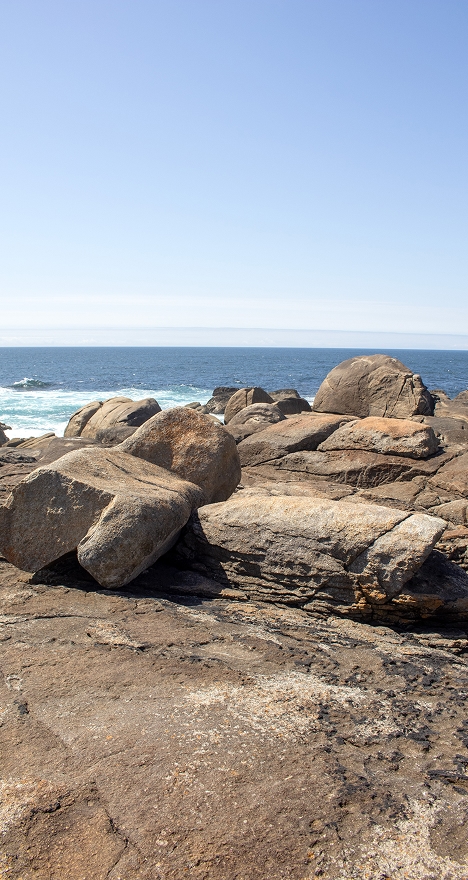
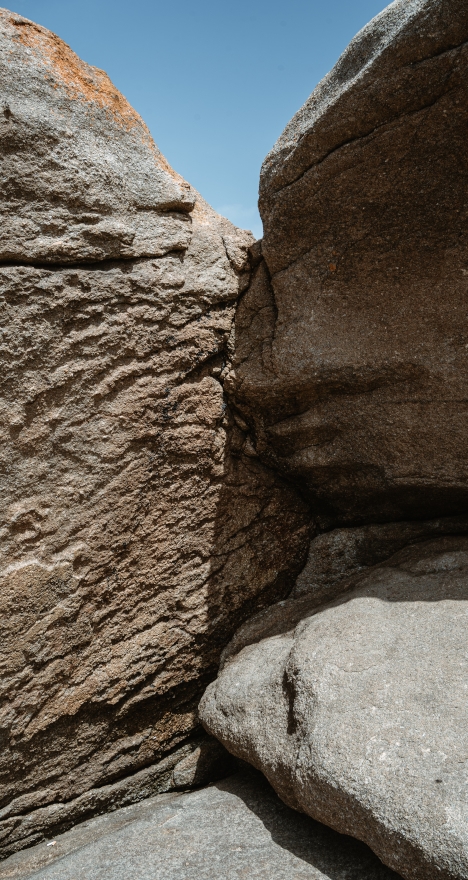
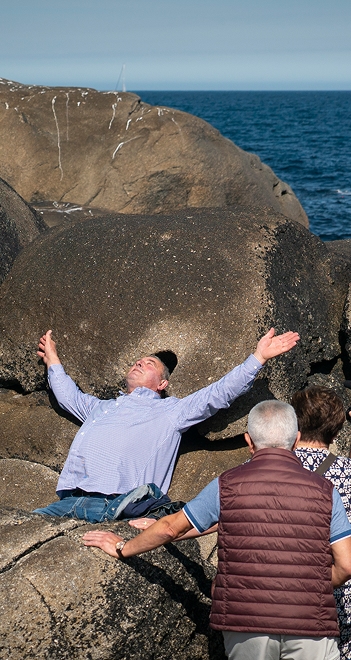
Lovers’ Rock and the Head
In recent decades, two other magical rocks have been incorporated into the Sanctuary’s surroundings. The Lovers’ Rock, located in a slightly more hidden area, is the place chosen for those couples who want to swear eternal love to each other. Meanwhile, the Head Rock brings together numerous faithful who are placed in the hole of the stone in order to cure various ailments related to this part of the body.
Today, the “Virgen de la Barca de Muxía” Festival revives this unique connection. Thousands of devotees congregate in this magical enclave, where faith is felt in the saline air and tradition pulsates strongly. To walk around the Sanctuary is to immerse oneself in a story that transcends time.